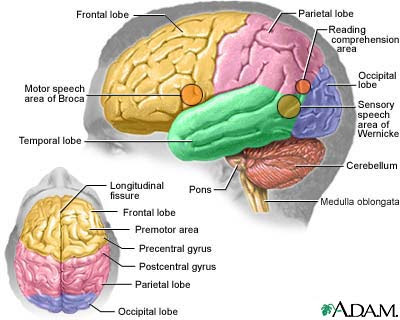

This is because they connect directly with brain tissue without intermediate nerve fibers.īelow is a 3D map of the CMS. The retina, optic nerve, olfactory nerves, and olfactory epithelium are sometimes considered to be part of the CNS alongside the brain and spinal cord. It also controls our breathing, heart rate, the release of some hormones, body temperature, and much more. The central nervous system has been thoroughly studied by anatomists and physiologists, but it still holds many secrets it controls our thoughts, movements, emotions, and desires. The brain and spinal cord are housed within a protective triple-layered membrane called the meninges. The brain is protected by the skull (the cranial cavity) and the spinal cord travels from the back of the brain, down the center of the spine, stopping in the lumbar region of the lower back. The CNS consists of the brain and spinal cord.


 0 kommentar(er)
0 kommentar(er)
